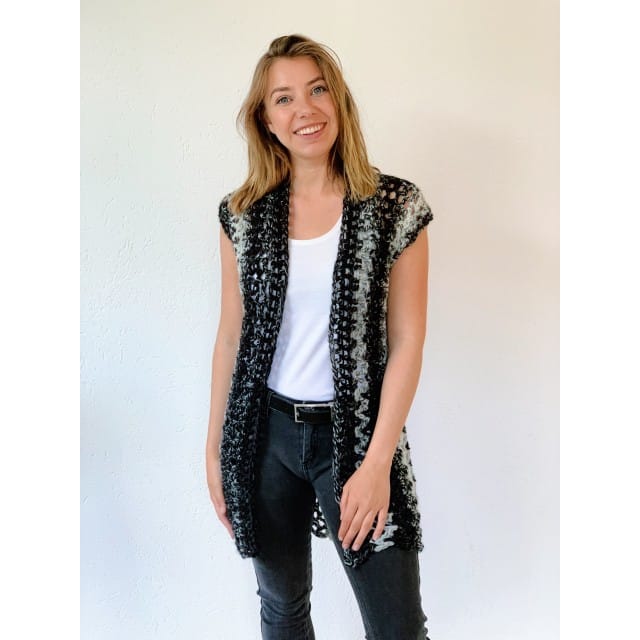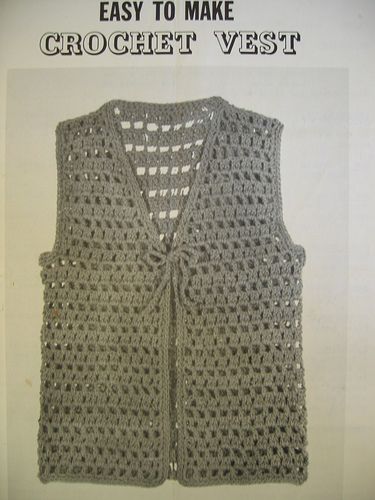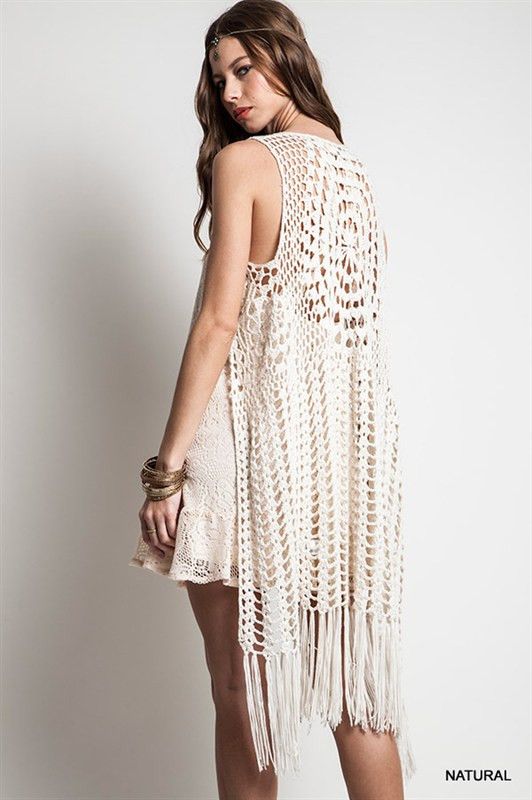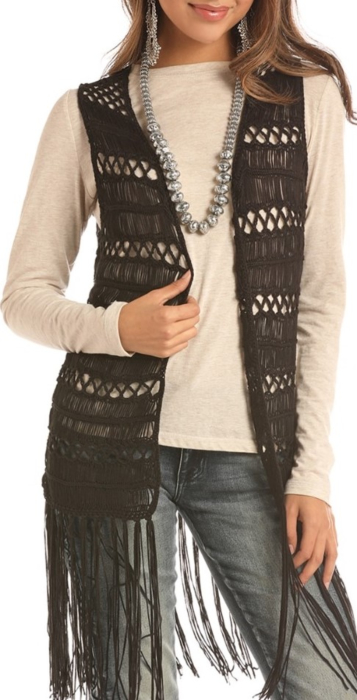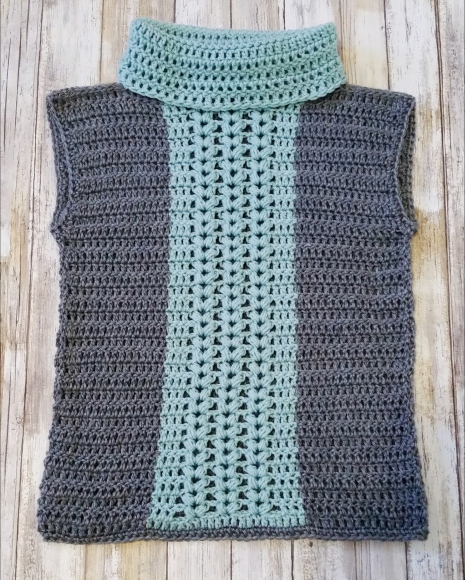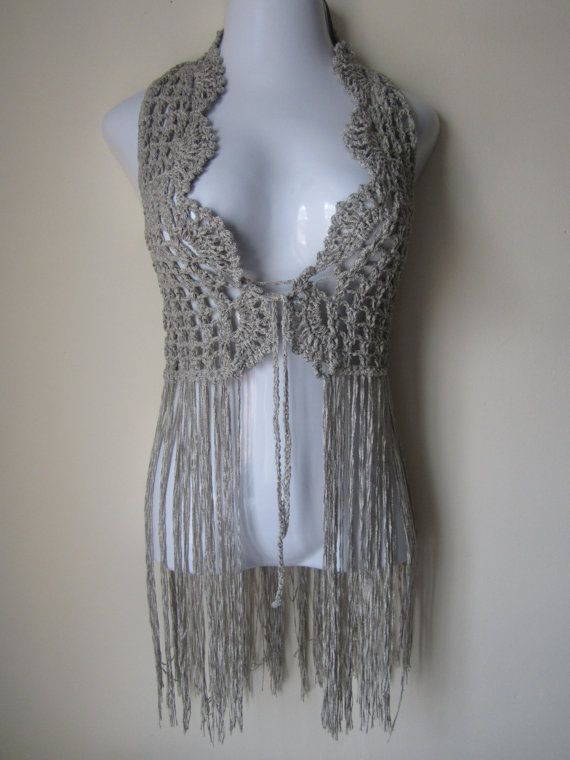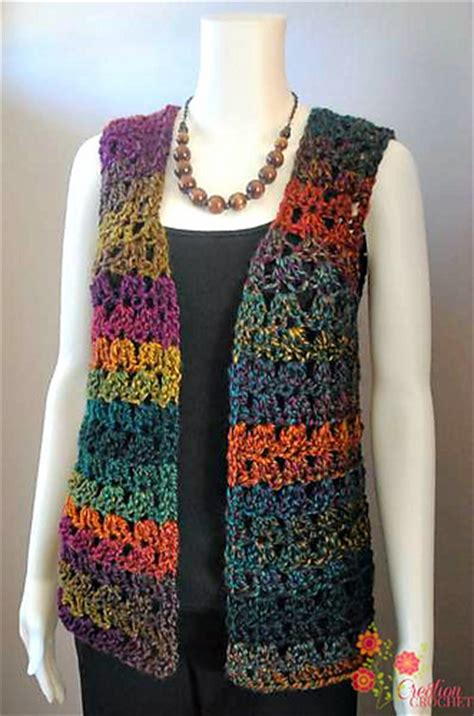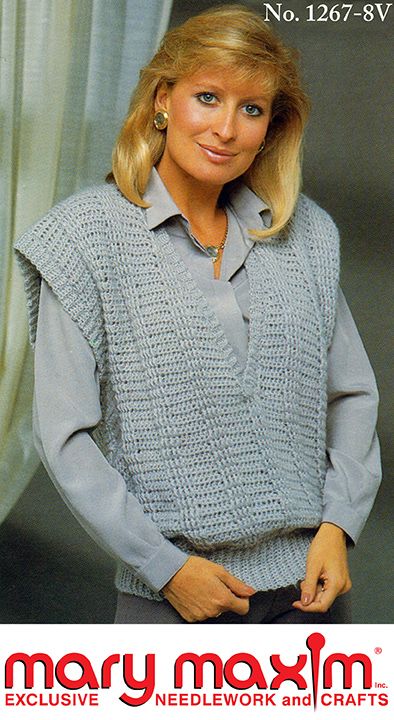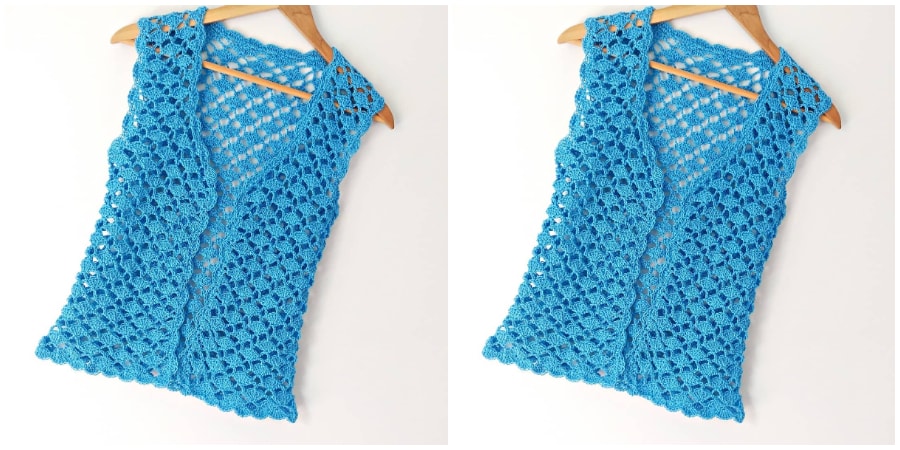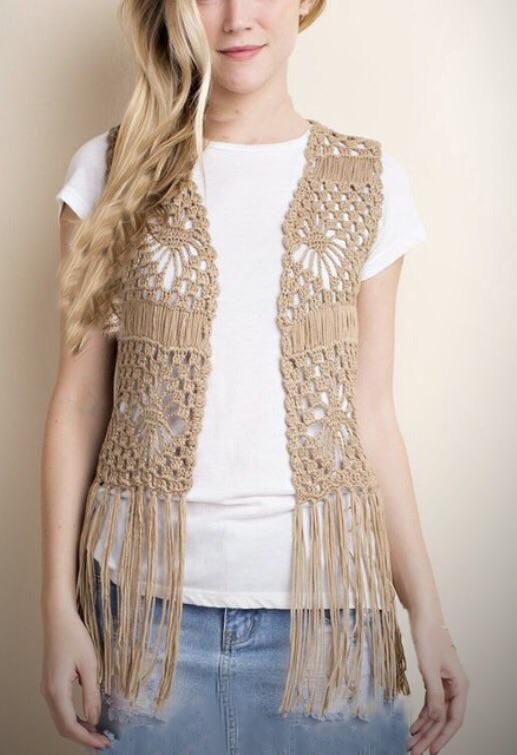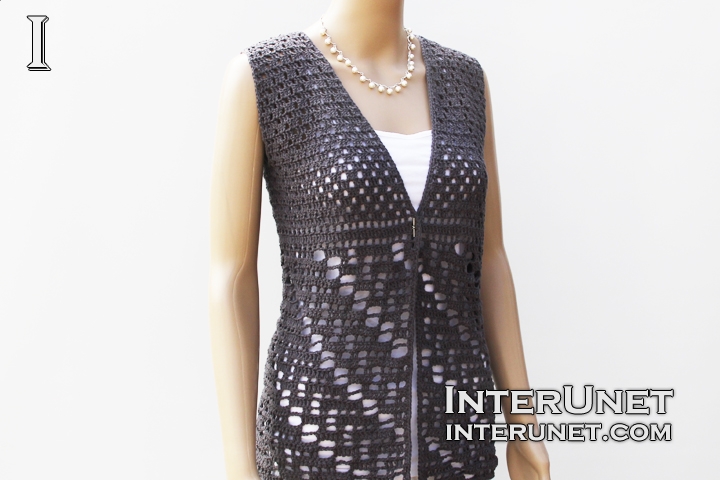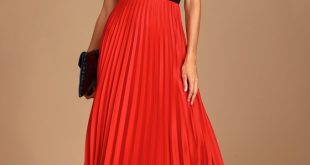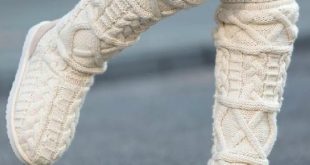All over the world, known by various names such as crochet in France and Italy, shawls in Denmark, whimsical in Sweden, it is the treasure of every lover of casual wear.
Today people are experimenting a lot with crochet, but they are unaware of the great history of this modern European embroidery design. Here's a quick look at the origins of the modern crocheted vest.
The name Crochet has French roots. It was derived from the word krokr, which means hooking. Traditionally invented as early as the 13thth In the 16th century, the modern form was created as a stapling method for royal families. Incidentally, it was used as a curtain, tablecloth and not as a dress material. It soon got a name – "crochet lace" in France and "chain lace" in Victorian British.
However, the origin of crochet as clothing material is a hot topic.
It is said that Walter Edmund Roth, in 1916, when visiting Africa, found examples of the unique form of crocheted scarves, which were used as a reflector of social status and evolved into modern day-today's dishes.
Some believed that the crochet came from medieval Arabia and then spread east to India and west to Europe. India and Nepal are both in an advanced stage of crochet art. In rural areas where tradition is strong, the history of crochet work in the eastern Orient is more widespread.
By tracing early Chinese art and knitting patterns, this suggests sufficient evidence that crocheting was an important trade of 17 yearsth Century China.
Europe's adventure with modern forms of crochet art begins around 1500 in the Italian churches, where it is also known as the "Nonnenspitze". Since then, the modern world has devoted itself to crocheting.
A closer look at the tools of these different cultures gives a clearer picture. All of these civilizations were isolated from each other and naturally developed their own tools and techniques for the harness. The question of origin is therefore a vague one. It is better to appreciate what the world has invented together.
 rocbe.com Styling and fashion ideas
rocbe.com Styling and fashion ideas
